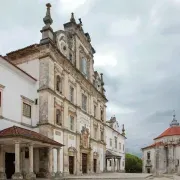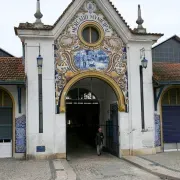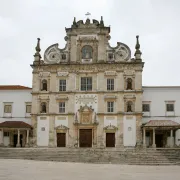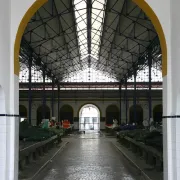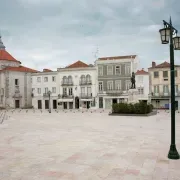
Overlooking the wending Tagus River from its ridge-top position, Santarem is a town of historical significance, once renowned as the strongest fortress in the kingdom and second only to Lisbon in importance in the country. Its origins can be traced back to the Iron Age, and Julius Caesar used it as an administrative centre for Roman legions. The name originates in the legend of martyred Saint Iria who, legend tells us, was thrown into the river at Tomar, having been killed for not being chaste, and her body washed up at Santarem. The then ruling Visigoths named the settlement Santa Iria in her honour, to become Xantarim under the Moors in the 8th century, and finally Santarem under the Christian reconquest.
Since its recapture by the Portuguese, Santarem has been favoured by royal and important visitors and a good number of its own people have become significant figures in Portuguese history. Both Dom Alfonso IV and Dom João II ruled from the Royal Courts established here in the 14th century and Henry the Navigator had big interests in local industry. Another famous explorer, Pedro Alvares Cabral, is entombed here and a more recent hero, Capitão Maia, led troops from here to end the Salazar dictatorship in 1974. Before all of these Portuguese greats, the still revered arab-andaluz poet Ibn Bassam was born here and wrote beautiful poetry describing the area. He referred to it as the ‘last town in the west’ towards the end of his life, when forced to flee following Christian invasions.
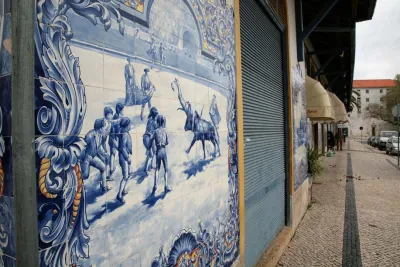
The church containing the tomb of Cabral, the discoverer of Brazil, is the Igreja da Graça with a stunning carved rose window, reputedly made from a single stone. The Igreja do Santíssimo Milagre contains a treasure best explained by a 13th century legend. It is said that holy water being used by a priest to persuade a husband to refrain from beating his spouse, suddenly turned into blood. The small glass vial, which rests in the church to this day, is said to contain the blood of Christ. The archaeological museum houses displays and artefacts from the Roman and Moorish times, and also the ornate sarcophagus of a revered governor of the Iberian stronghold of Ceuta in Morocco, who died defending Christianity. The cloister and ornate west door of the 13th century Convent of São Francisco are still beautiful despite the ravages the church has undergone over the years, with tombs at one point being emptied to hold drinking water for horses housed here!
Its majestic position above the lush Alentejan plains, best appreciated from the Portas do Sol park, lends this town a quality beyond that of historical significance, and its role as centre of this important Portuguese agricultural area is as important today as ever. A 10-day agricultural fair, the Feira de Ribatejo, is held every June and gives the visitor the opportunity to see another side of this beautiful country. Produce is sold and exhibited, folk dancing and music abound and bullfights, for which this area is famous, and bull running through the streets set the scene for his traditional event. In October, another annual fair is held. This time the star of the show is the vast variety of locally-sourced gastronomic delights, the product of the surrounding fertile land.
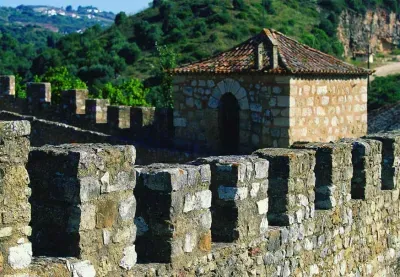
Alpiarça, a small town just to the north, boasts a collection of art, including pieces by Duhrer, Da Vinci and Delacroix, displayed in a stunning white estate house which once belonged to a Portuguese diplomat from the late 19th century, and known as the Casa Museu dos Patudos. Surrounded by vineyards, attractive gardens and herds of bulls and horses, it makes a pleasing day out. The rearing of livestock, often for the bullring, is somewhat of a forte in this area of rich pastures. In another nearby town, Golegã, it is horse breeding that is the speciality, with an annual fair in November attracting horse lovers and dealers from near and far. To the south, the town of Alenquer boasts two things: a ruined castle from the 1200s and a very famous son, none other than Vasco de Gama, the famed explorer.
